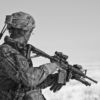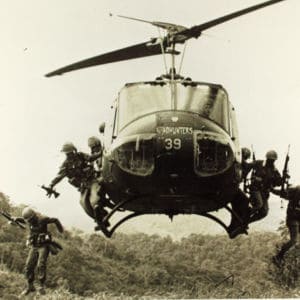Excerpt:
As of the date of this paper, the Obama Administration has just approved the increase of 30,000 additional troops to be deployed to Afghanistan. It is an issue of controversy that stems from a recent assessment by General Stanley McChrystal of the current situation in Afghanistan. With rumblings of Vietnam in the air once again, the decision by President Obama to commit more troops to Afghanistan warrants a closer look at the personalities at play within the power structure of the National Security Council. These principals contribute to decision-making of any presidency.
According to Gordon Goldstein, author of Lessons in Disaster, former National Security Advisor McGeorge Bundy once said “if you’re trying to understand how decisions are made, understand where the personalities align around a decision, understand who is going to exercise influence over the president. And if you can understand the power structure, then you’ll understand the outcome, because that power structure surrounding the president often is more important than the broader strategic argument that’s on the table.” (Goldstein NPR interview)
In examining current council members under the current National Security Advisor, two key questions are raised. Who is most likely to have influenced the current Afghanistan troop surge decision? In addition, how did Vietnam influence the decision-making process of this key personality on the Council?




